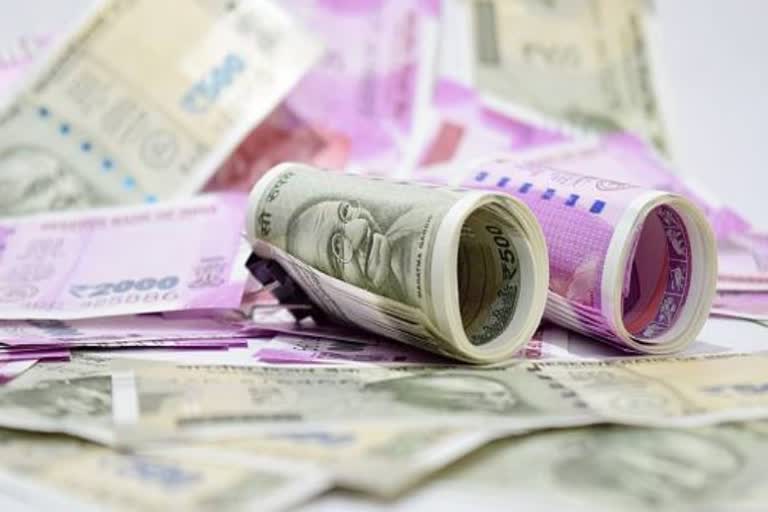Washington: India's debt to GDP ratio increased from 74 per cent to 90 per cent during the COVID-19 pandemic, the International Monetary Fund has said, noting that it expects this to drop down to 80 per cent as a result of the country's economic recovery.
Paolo Mauro, Deputy Director, IMF's Fiscal Affairs Department told reporters at a news conference here on Wednesday, "In the case of India, the debt ratio at the end of 2019, prior to the pandemic, was 74 per cent of Gross Domestic Product (GDP), and at the end of 2020, it is almost 90 per cent of GDP. So, that's a very large increase, but it is something that other emerging markets and advanced economies have experienced as well."
"And, for the case of India going forward, in our baseline forecast, we expect that the debt ratio will gradually come down as the economy recovers. In our baseline forecast under the assumption of healthy economic growth in the medium term, we see debt returning to about 80 per cent over time," Mauro said.
Responding to a question, he said that the immediate priorities are to continue supporting people and firms, and, in particular, to focus on supporting the most vulnerable.
Also read: Boeing forecasts air travel recovery in India by 2022
At the same time, it is important to reassure the general public and investors that the public finance is under control and the way to do so is through a credible medium term fiscal framework.
"This year, India has already announced its budget. It continues to be accommodative. It continues to support health, and it continues to support people. Over the next years, it is quite likely that the deficit will be reduced in part as the economy recovers," he said.
More generally in emerging markets, the priority, given to the very large increases in inequality, given the large increases in public debt, is to mobilise revenues in the medium term, Mauro added.
Vitor Gaspar, Director of IMF's Fiscal Affairs Department, said that given widening deficits and contraction in economic activity, debt worldwide increased sharply to 97 per cent of GDP in 2020.
It will increase slower to 99 per cent in 2021 before stabilising below but close to 100 per cent of GDP, he added.
Also read: Rupee plummets 105 paise, biggest single-day fall in two years
In 2020, fiscal policy also contributed to mitigate falling economic activity and employment. It avoided falls on the scale of the great depression.
Gaspar said that that countries with better access to financing, countries with stronger buffers, countries with stronger fundamentals have been able to give more fiscal support during 2020. They can sustain that fiscal support for longer, and they have more options in terms of policymaking.
It is very clear when we focus on the group of emerging markets specifically, he said.
"So, speaking about emerging markets as a group, when looking at the current situation, ignore the need for fiscal policies to be tailored to fit to the country's circumstances, which is a very important point to make. Clearly there are risks.
"On occasion we have a turmoil or even turbulence in markets. When it is necessary to act to restore confidence of markets and our membership, the IMF stands ready to act and has a financial capacity of about USD 1 trillion," Gaspar said.
(PTI)
Also read: Lockdowns break backbone of economy, says Anil Ambani's son



